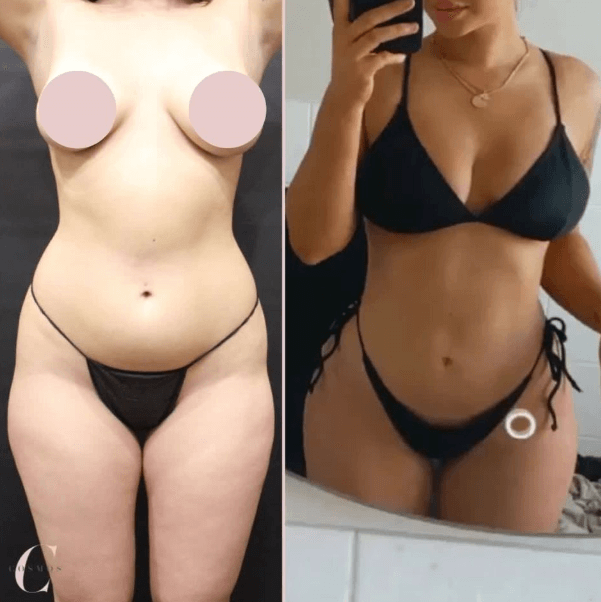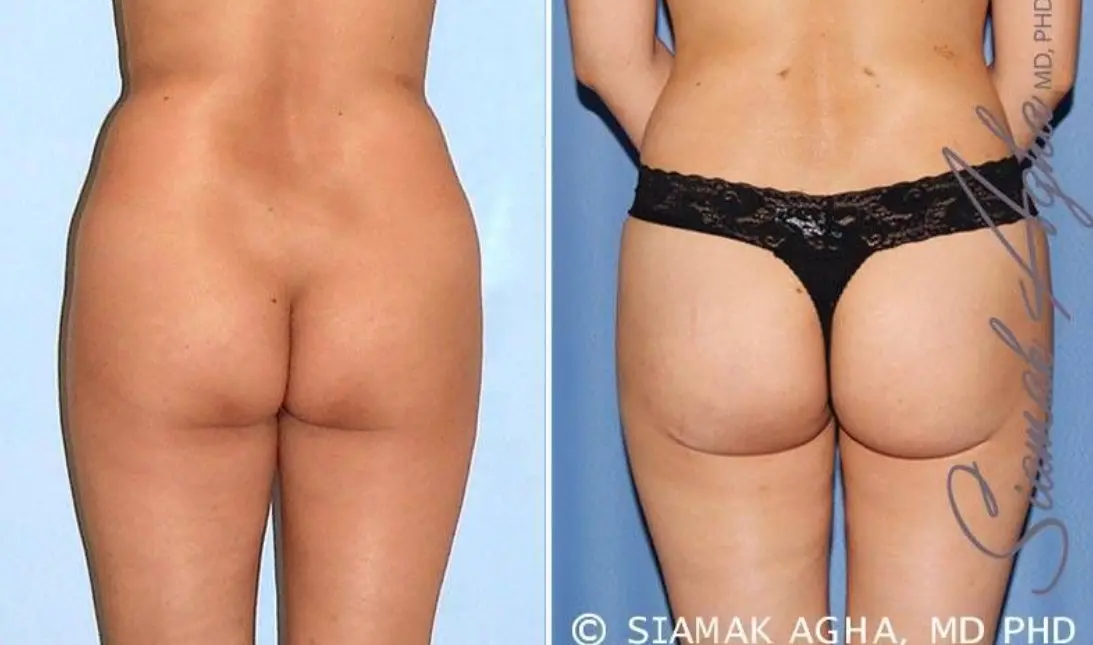The Brazilian Butt Lift (BBL) has been a hot topic in the plastic surgery world. Known for its ability to reshape the buttocks and hips by transferring fat, the BBL has raised safety concerns globally, primarily due to procedures conducted by less than qualified surgeons. But, with new techniques like Vaser technology and more stringent guidelines for surgeons, BBLs are becoming much safer.
What Makes a BBL Safe? 🤔
Vaser technology is the safest way to perform a BBL. It employs ultrasound waves to gently break down fat cells. This method is less aggressive compared to traditional liposuction, leading to smoother fat removal. Here’s how Vaser makes a difference:
- Gentler Fat Removal: By using ultrasound, Vaser dislodges fat cells with minimal trauma to surrounding tissues. This approach reduces internal bruising and swelling, key factors in a quicker, more comfortable recovery.
- Precision and Safety: The technology allows surgeons to target fat cells with precision, ensuring that only the desired fat is removed and transferred. This precision is crucial in avoiding vital structures and minimizing the risk of complications.
- Enhanced Recovery: Patients often experience less discomfort and faster healing, thanks to the minimally invasive nature of Vaser. This means a shorter downtime and a quicker return to daily activities.
- Optimal Results: Vaser’s accuracy not only contributes to safety but also to the aesthetic outcome of the BBL. It allows for a more controlled and even reshaping of the buttocks, leading to more natural and pleasing results.
How Do Vaser BBLs Work?
Vaser Liposuction uses an ultrasound cannula to melt fat under the skin, making it easier to remove. First, small cuts are made, and a numbing solution is applied to reduce pain. Then, the cannula is used to break down the fat, similar to melting butter, so it can be easily suctioned out. This process also helps tighten the skin by encouraging collagen growth.

The Evolution of BBL Safety 🍑
Thanks to ongoing research and the dedication of plastic surgeons, BBLs have seen significant safety improvements. Surgeons now follow stringent guidelines on where to inject fat, greatly reducing the risk of complications. The formation of specialised task forces and the adoption of cutting-edge technologies like ultrasound have further enhanced the safety of BBLs.
The BBL Task Force: Pioneering Safety Measures
In response to the initial risks, the Task Force for Safety in Gluteal Fat Grafting was formed in 2018 by the American Society of Plastic Surgeons (source). Their mission? To research BBL dangers and develop new safety strategies. They’ve made crucial discoveries, especially about fat embolism risks, and their findings have reshaped BBL practices.
Ultrasound Technology: A New Standard
The use of ultrasound (Vaser) in BBLs is now more common and in fact, the only way a BBL should be performed. This technology allows surgeons to see where they’re placing the fat, avoiding risky areas and ensuring it’s in the safe subcutaneous space.
Limiting Surgeon Fatigue
Recognising the role of surgeon fatigue in procedure safety, Florida has also limited the number of BBLs a doctor can perform daily to three. This ensures each procedure gets the attention and care it deserves. Many global surgeries have followed suit.
Training and Education: Keys to Future Safety
Continuous training and the introduction of new surgical tools, like smart-sensing cannulas, are expected to make BBLs even safer. Educational initiatives by medical organisations and governing bodies emphasise the importance of proper technique and technology use.
How to Choose the Right BBL Surgeon 🧑⚕️
When selecting a surgeon or practice for a Brazilian Butt Lift (BBL), it’s important to focus on a few key aspects:
- Experience with BBLs: Look for a surgeon who has a substantial amount of experience specifically with BBL procedures. Their expertise can greatly influence the outcome of your surgery.
- Use of Vaser Technology: Inquire if the surgeon uses Vaser technology for BBLs. This modern approach is known for its precision and safety, leading to better outcomes and recovery experiences.
- Portfolio of Work: Request to see before and after photos of their previous BBL patients. This visual evidence of their work will help you gauge the quality of their results.
- Patient Feedback: Read reviews or ask for testimonials from former patients. Their experiences can provide insight into the surgeon’s skill and the overall satisfaction rate.
- Detailed Consultation: A thorough consultation is essential. The surgeon should offer clear, realistic expectations about the procedure and address any questions or concerns you may have.
- Aftercare and Support: Good postoperative care is crucial for recovery. Ensure the clinic provides clear instructions for aftercare and is available for any post-surgery support you might need.
- Professionalism and Comfort Level: Finally, consider the overall professionalism of the practice and how comfortable you feel with the surgeon. A good rapport and trust in their expertise are crucial for a positive surgical experience.
In summary, the right surgeon or practice for a BBL should not only have the proper qualifications and experience but also use advanced techniques like Vaser technology. They should provide comprehensive care, from initial consultation to postoperative recovery, ensuring your safety and satisfaction with the procedure.









